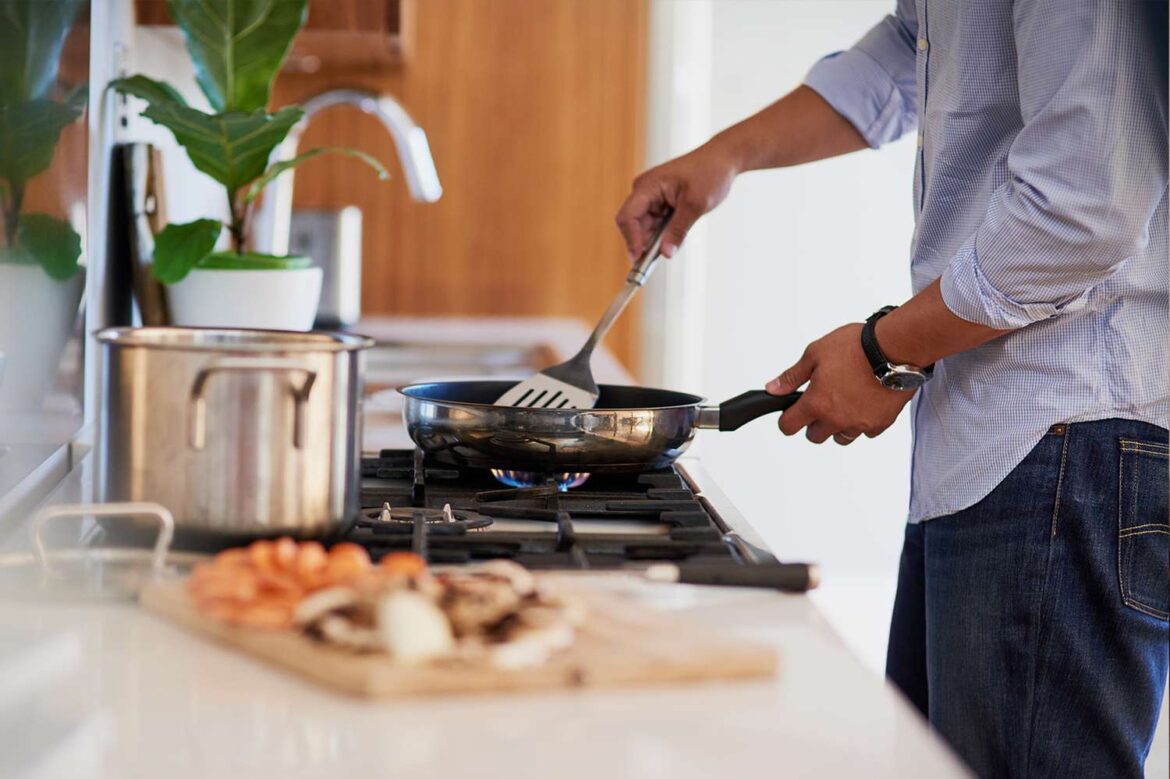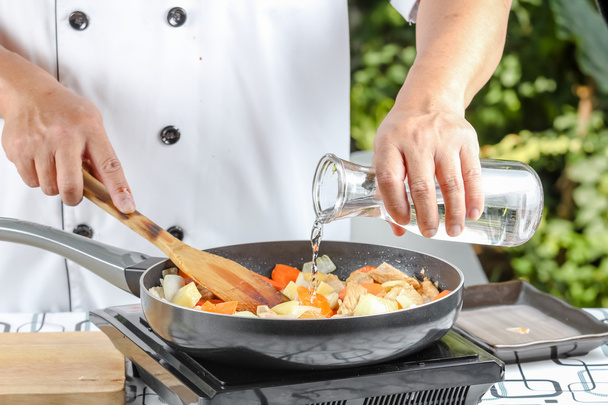Induction hobs have reformed how we cook, offering exact temperature control, energy efficiency, and a smooth plan. This article will dive into the operations of induction hob singapore, investigating their extraordinary features and advantages.
The Science Behind Induction Cooking
Induction hobs use electromagnetic fields to warm cookware straightforwardly, bypassing the requirement for conventional warming components. At the point when an electric flow goes through the copper loops underneath the glass surface, it makes an attractive field. When a compatible ferromagnetic material, like iron or steel, is put on the hob, the attractive field incites an electric flow inside the cookware, creating heat.
Advantages of Induction Hobs
Speed and Efficiency
Induction hobs heat up altogether quicker than their gas or electric counterparts. The immediate exchange of intensity to the cookware guarantees negligible intensity misfortune, considering faster cooking times. Furthermore, the exact control over temperature changes empowers productive energy utilization, setting aside both time and cash.
Safety Features
One of the standout features of induction hob singapore is its uncommon safety measures. As the hob surface itself doesn’t get hot, there is a decreased gamble of consumes or inadvertent flames. Induction hobs often highlight auto-shutoff capabilities, which enact when no cookware is recognized or when a particular cooking time has slipped by, guaranteeing an inward feeling of harmony while cooking.
Temperature Control
They offer exact temperature control, permitting you to change heat levels with precision and consistency. This component is particularly useful for fragile cooking methods like stewing or liquefying chocolate, where exact temperature control is urgent.
Easy Cleanup
Since the outer layer of induction hobs remains somewhat cool, any spills or splatters are more averse to sticking and consuming. This makes tidying up in the wake of cooking a breeze, with a straightforward wipe-down of the smooth glass surface.
Understanding Induction-Compatible Cookware
To completely partake in the advantages of induction cooking, it is crucial to use cookware that is compatible with induction hobs. The cookware ought to have an attractive base to collaborate with the hob’s attractive field and work with heat age. Most treated steel and cast-iron cookware are induction-compatible, however, checking the producer’s guidelines is dependably insightful.
Overcoming Challenges
Cookware Limitations
Not all cookware is appropriate for induction hobs. Cookware produced using non-attractive materials, like aluminum or copper, won’t work except if they have an induction-compatible base.
Initial Cost
They generally are pricier and forthright contrasted with conventional gas or electric ovens. In any case, the drawn-out energy reserve funds and improved cooking experience can offset the initial speculation.
Noise and EMI
It might create a slight humming sound during activity, basically brought about by the attractive fields. Moreover, a few models can create electromagnetic impedance (EMI), which might disrupt close electronic gadgets. Nonetheless, present-day induction hobs are intended to limit these impacts.





